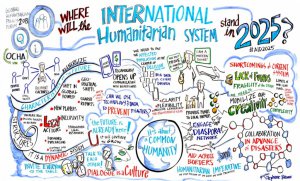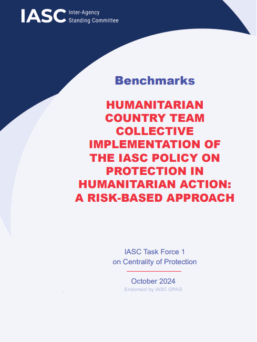This blog reflects on the paper written by Paul Knox Clarke and proposes some gaps in the analysis and areas for further enquiry.

The post appreciates Knox Clarke’s challenge to conventional models of change and the introduction of three alternative models; however, it points to the weaknesses of the paper in developing a coherent and robust internal theory of change. He identifies three areas of further enquiry for strengthening the theory of change, which are also relevant for embedding RBP within organizations and systems:
- Building meaningful coalitions: Multi-stakeholder coalitions that acquire the reservoirs of trust needed to act collectively when a critical juncture presents itself.
- Staffing aspects: How do organizations overcome the fear of failure which inhibits innovation? How can organizations best recruit and retain risk takers and those pushing the envelope? Similarly, how do we support and cultivate networks of dissidents to generate new ideas and approaches? (Further insights into how to promote a culture of openness and risk-taking is discussed in the New Evidence! blog piece.)
- Learning from other sectors which have overcome inertia: For example – air traffic control? The postal service? The Vatican? There is learning from actors outside the humanitarian ecosystem that can be useful for our own learning and adaptation.
The piece also offers potential disruptive forces to overcome inertia (including: new entrants to the system, new technologies and modalities, and new crises or failures of the system) which can contribute to a change in attitudes, behavior, practice, and policy in relation to the specific protection threat, vulnerability, or capacity.


